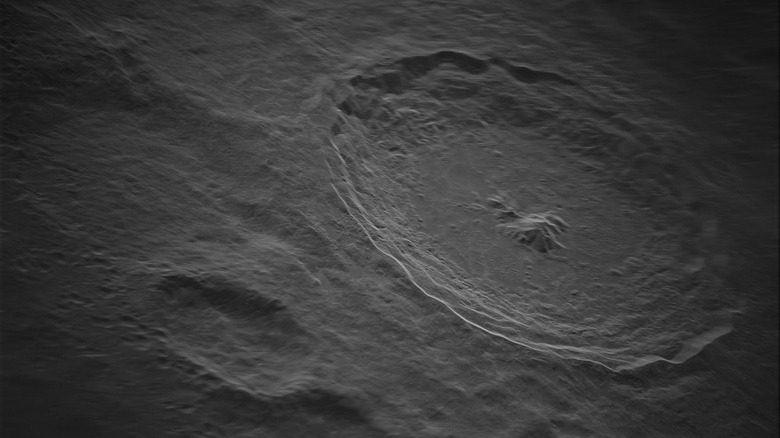India Becomes First Nation To Land On Moon's Southern Pole
This week, India became the first of all the nations in the current moon race to reach the coveted lunar south pole. India's latest moon lander, the Chandrayaan-3, has successfully touched down on the lunar surface, ending a weeks-long mission that could have taken a very different turn at any point.
The success of this mission not only stands as a shining moment for India's space program, the Indian Space Research Organization (ISRO), but it also stands as a great moment for all of mankind, as we have finally reached the southern pole of our planet's satellite.
So many nations covet reaching the Moon's south pole due to the dark craters there. These craters are believed to be home to ice water, which scientists hope astronauts can be turned into liquid water during colonization efforts. If we can confirm the existence of water on the moon in such a capacity, we could drastically increase the likelihood of settling on the moon within the next decade.
Papers have already discussed the possible presence of water in tiny glass beads found on the moon, so all that remains at this point is to determine whether or not there is water in them, something that missions to the southern pole will make possible. Previously, I covered how India's moon lander had made multiple orbital insertions, maneuvers that helped slow the craft to prepare it for landing.
Seeing it successfully touch down is exciting, and the ISRO has even shared images on Twitter that were taken of the moon's surface during the landing and after the Chandrayaan-3 set down completely. This mission's success is also a bright spot following the crash of Russia's lander just a few days ago, which the nation hoped would kickstart its push into the ongoing moon race that will eventually see NASA put humans back on the moon with Artemis III.
